Saintes-Maries-de-la-Mer

This small town on the Camargue coast of southern France has an official population of less than 3,000 people for much of the year, but it swells to almost 80,000 in May and through the summer holidays. The Gypsy (Romani) tradition is important here: if the Romani first arrived in France in the 15th century, how did they come to worship Sara the Black as their patron saint? Sara was never conferred with sainthood by the Catholic Church, but that does not appear to matter to the Romani – the Gitans, the Roma, the Sinti, the Manouches. Below is the medieval fortified church in the town and an aerial view.
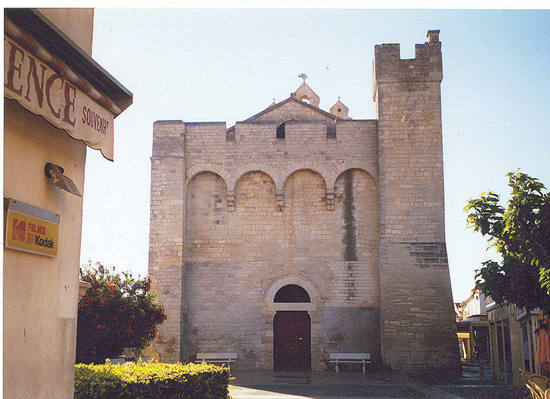
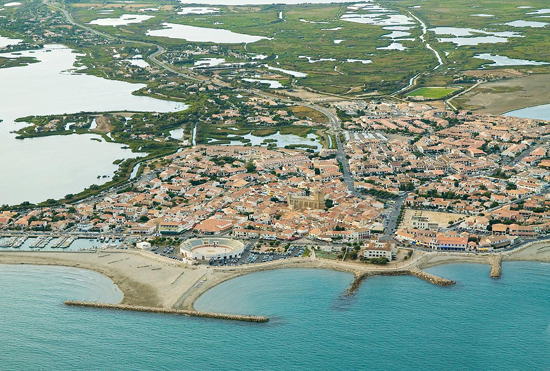
Van Gogh painted here in 1888 while visiting from Arles. Below are View of Saintes-Maries and Fishing Boats on the Beach.
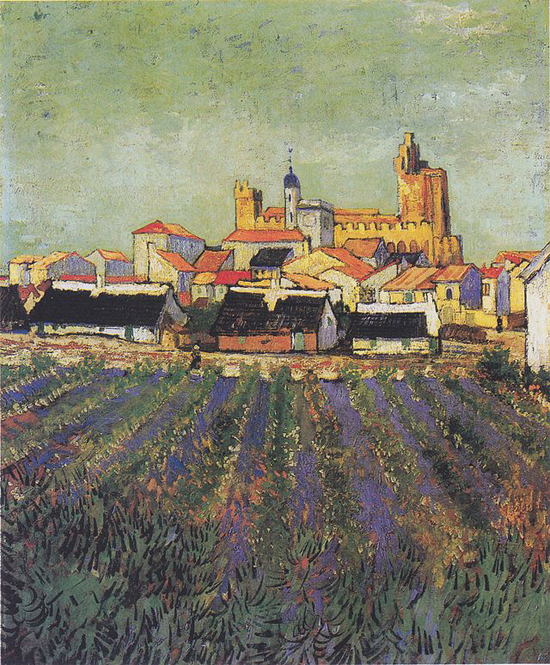
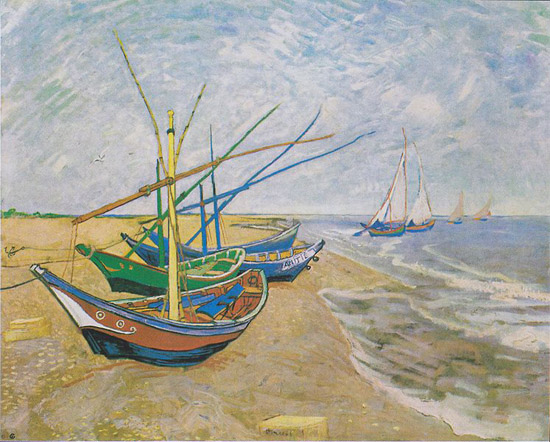
Another point of interest in the town: the statue of Mirèio (Mireille), the tragic heroine in a famous poem in Occitan by Frédéric Mistral in 1859. The poem's success has helped accelerate a revival of Provençal language and culture.
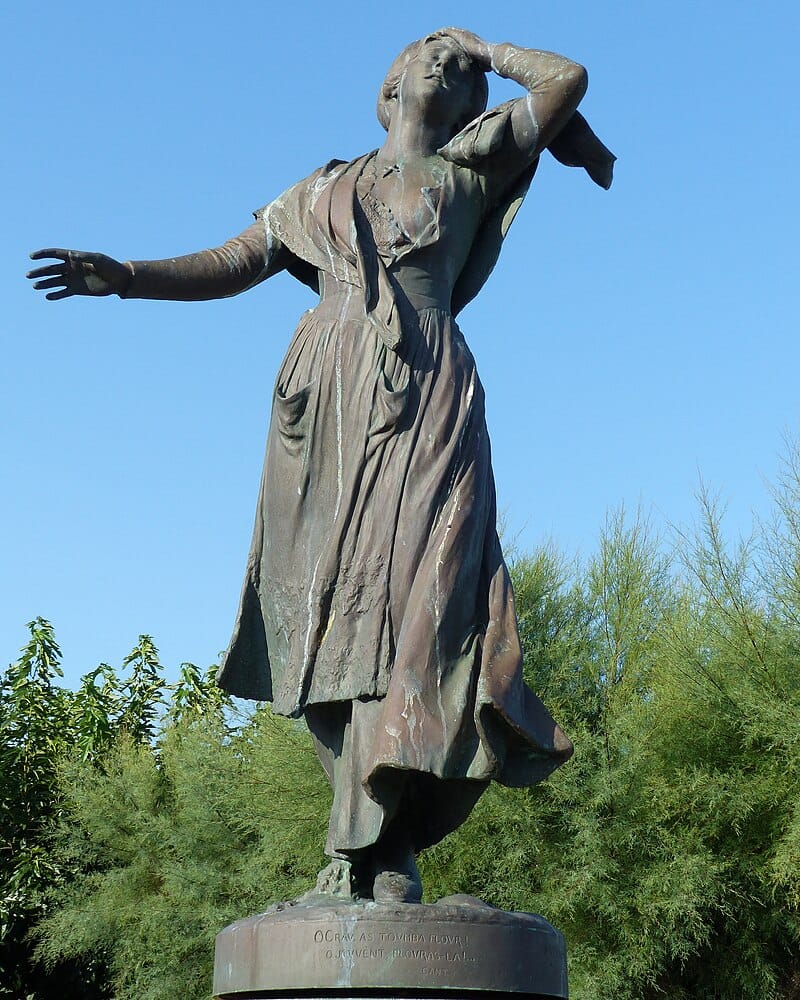
For example, on the last Sunday of July, the Festo Vierginenco (Feast of the Virgin), a coming-of-age ceremony for 15-year-old girls, is held in the town (see photo below). The girls take the Pays d'Arles ("take the ribbon") and abandon Mireille's costume (childhood) for that of the Arlésienne (adulthood) in the town's bullfighting arena.
The festival was established in 1903 by Mistral and he won the Nobel Prize for Literature the following year. Nowadays, the Frédéric Mistral Prize is awarded annually for fiction that imagines an alternative (and less tragic) ending to his poem.

